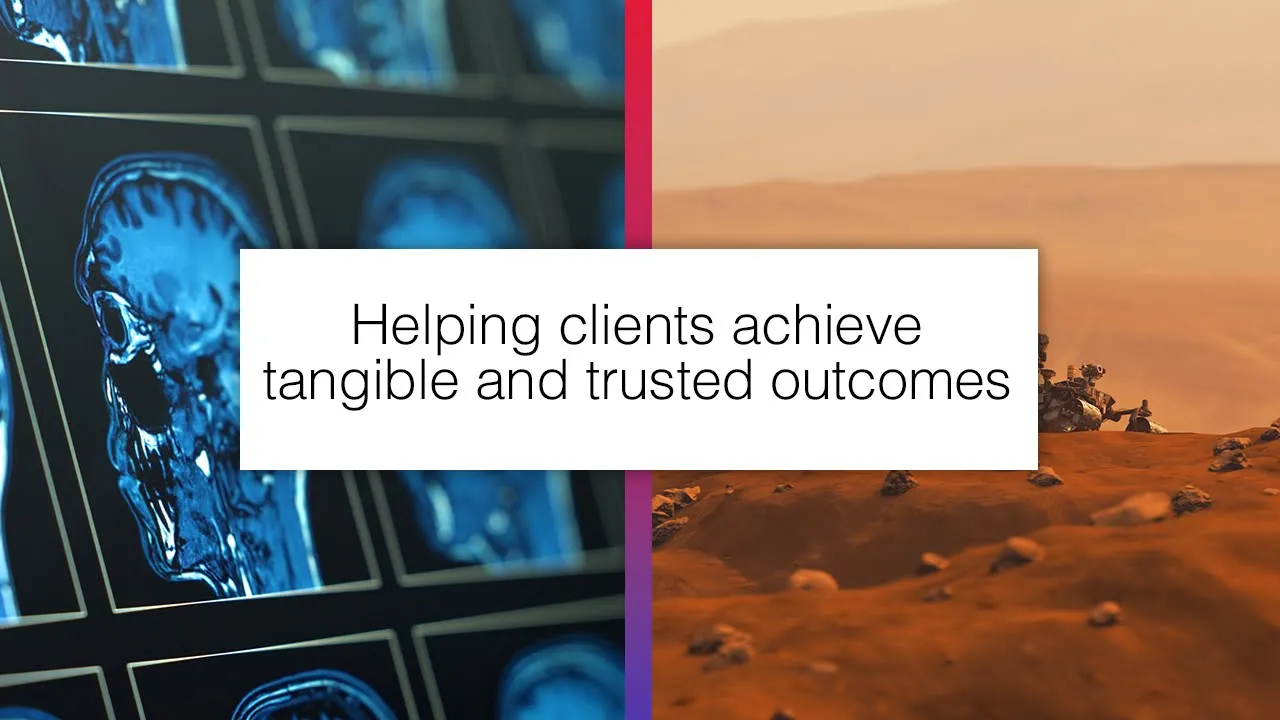By playing this video you consent to Google/YouTube processing your data and using cookies – Learn more.
Trusted partner
Today's citizens expect more of their governments—from anytime, anywhere information access and greater involvement in policy reform, to increased transparency and data privacy. CGI helps agencies deliver modern, flexible IT solutions and streamlined business processes to support these demands. We have partnered on such projects with:
46 U.S. states and 200 local governments
Most provinces and territories in Canada
Regional and local governments throughout Europe and Australia
1+ million
salaries paid by Swedish municipalities and agencies
500
government ERP systems implemented
1.6 + million
people participate in community policing in the Netherlands
Fortifying the citizen supply chain
Citizen supply chain ecosystems are sprawling, interconnected webs spanning multiple industries, as well as local and national governments. They comprise complex networks of critical infrastructure, stakeholders, and processes. By understanding the interdependence of these segments, we help government leaders fortify the networks that help procure, store, transport and distribute essential goods and services to citizens.


















